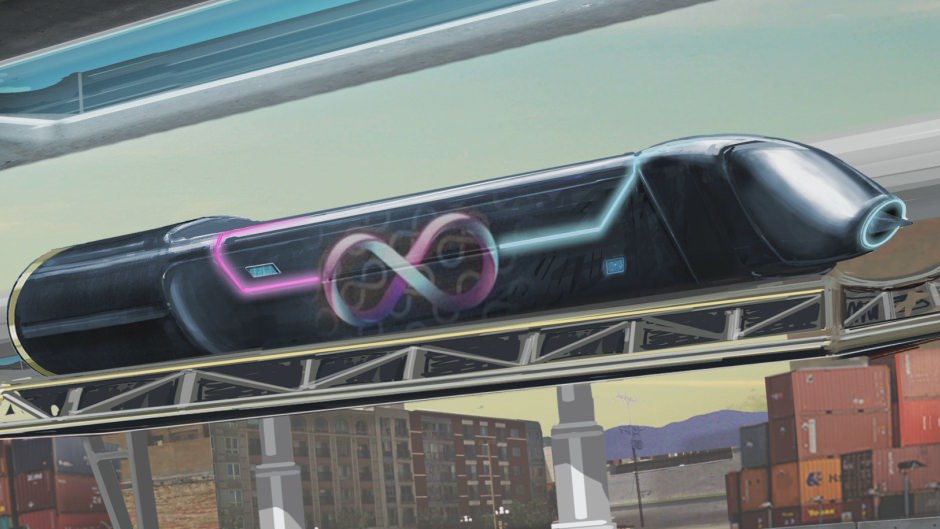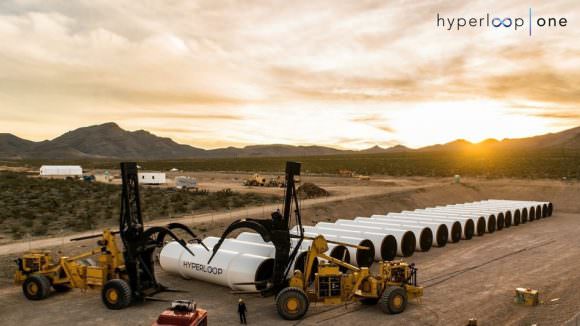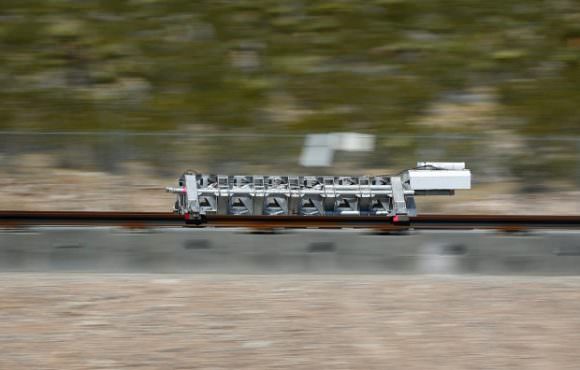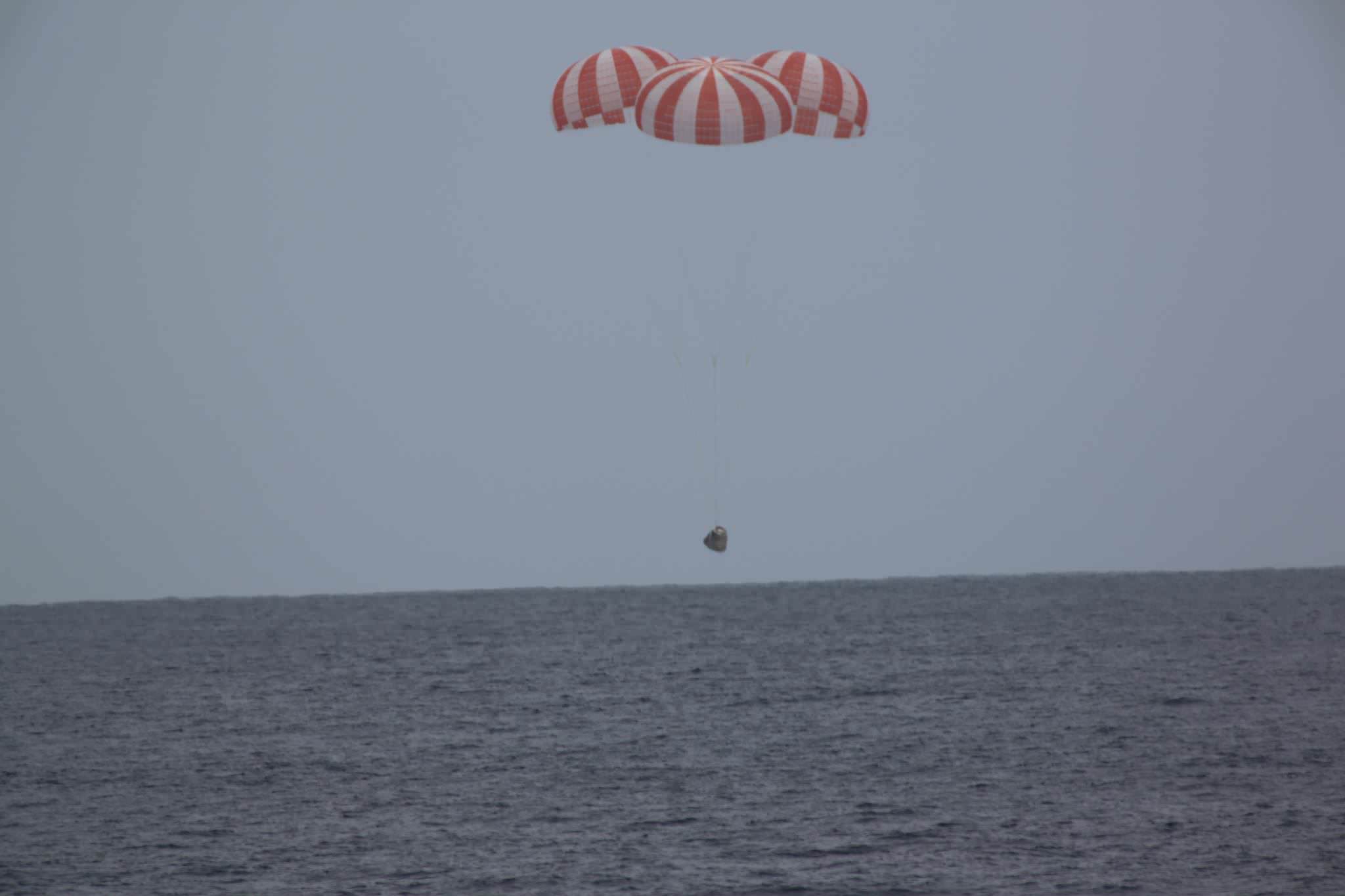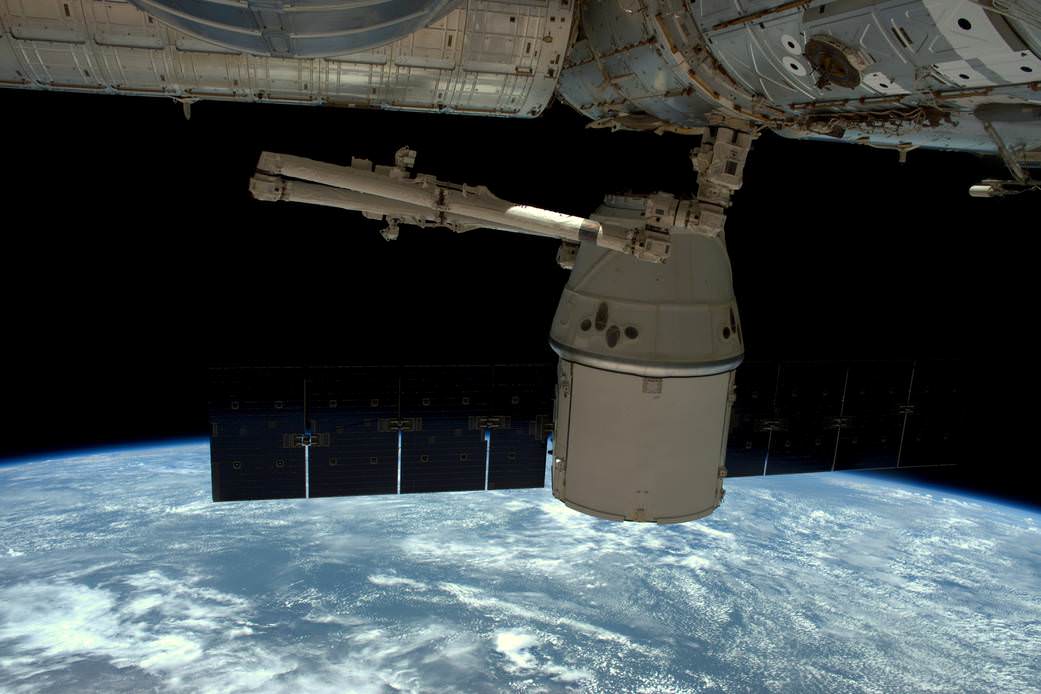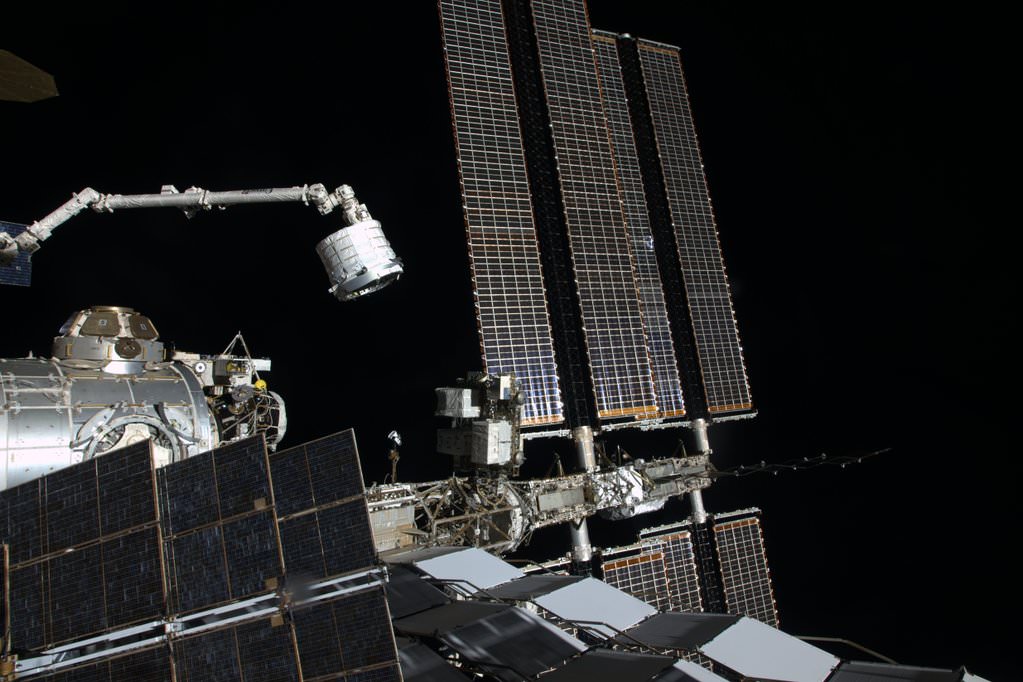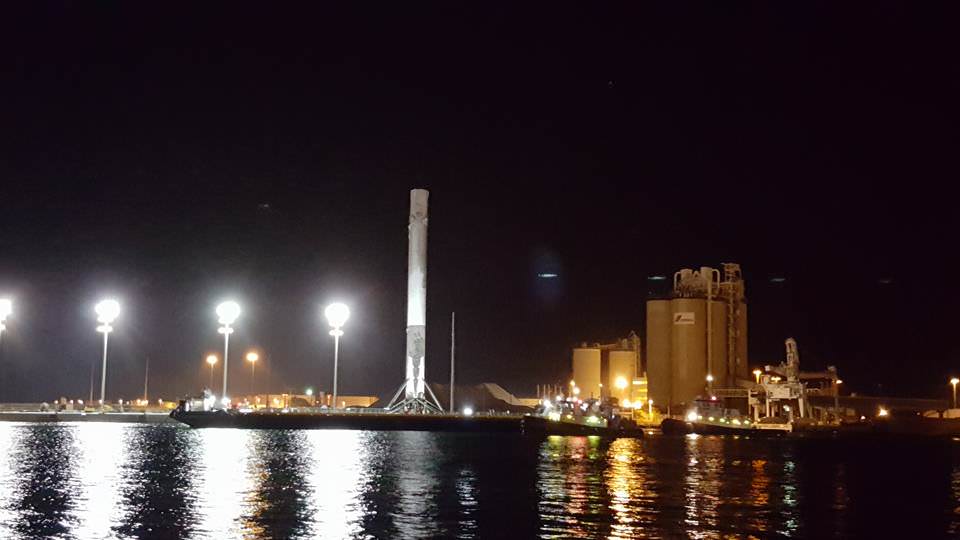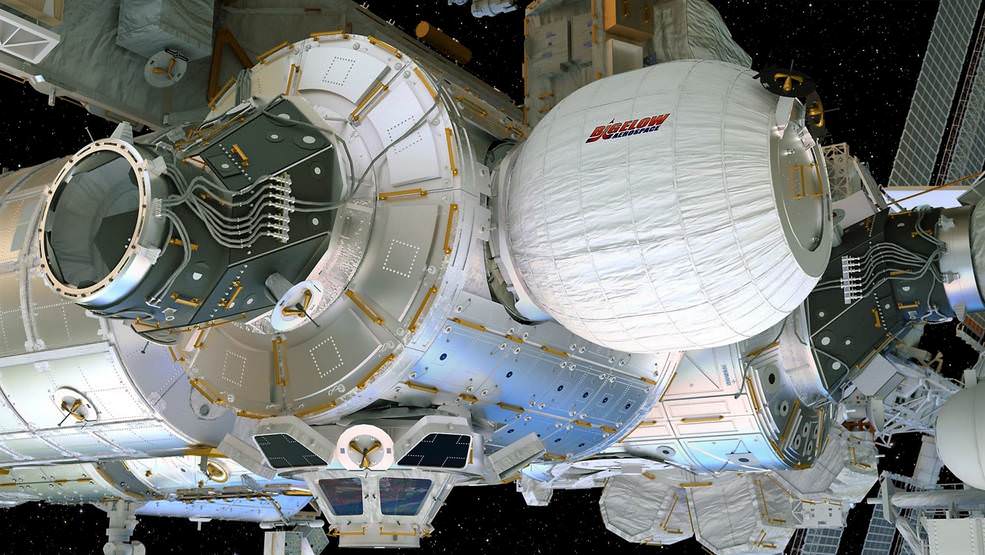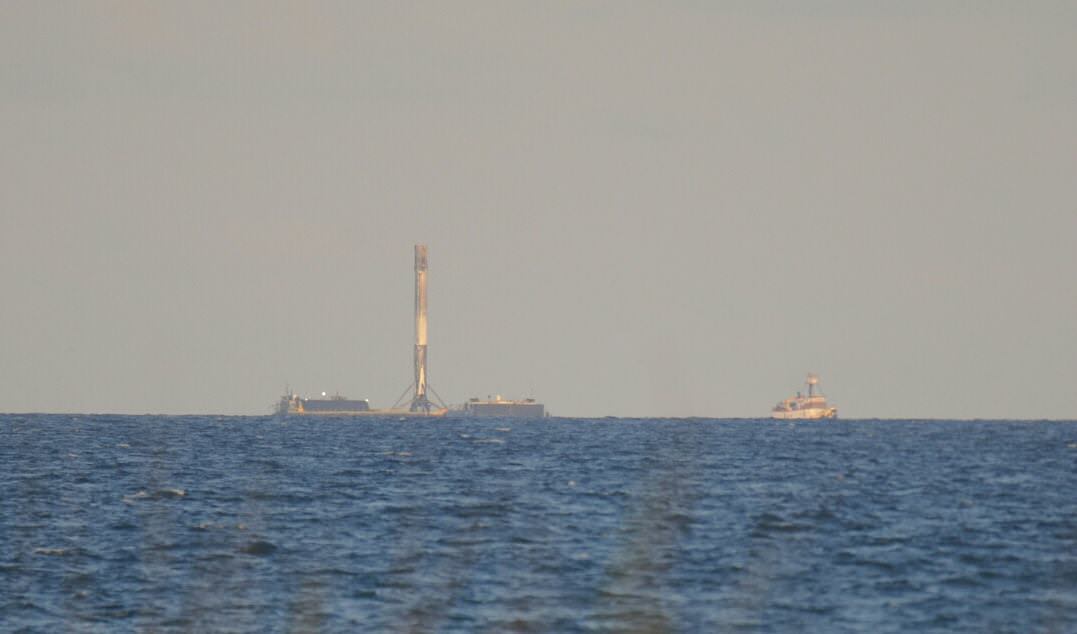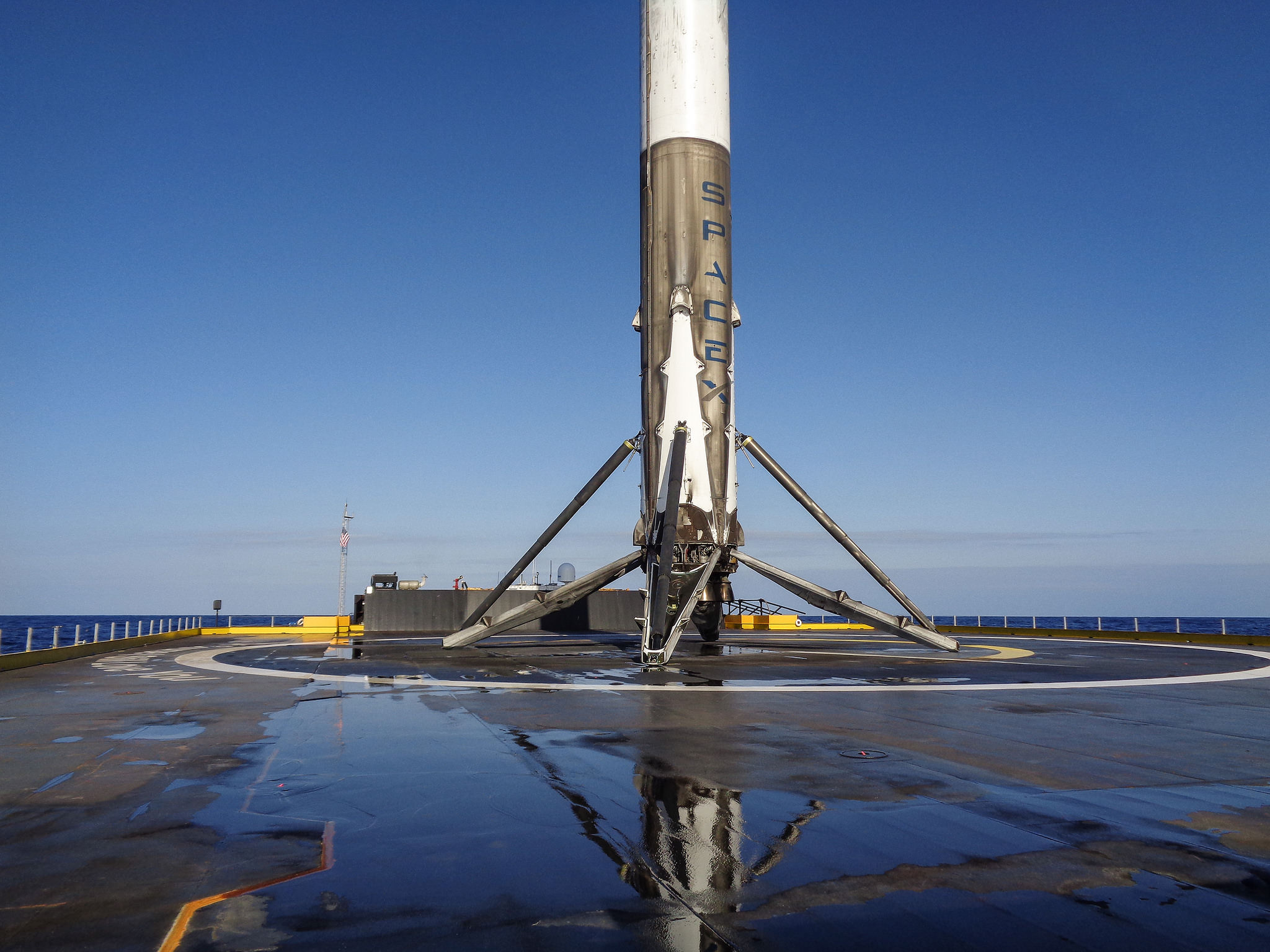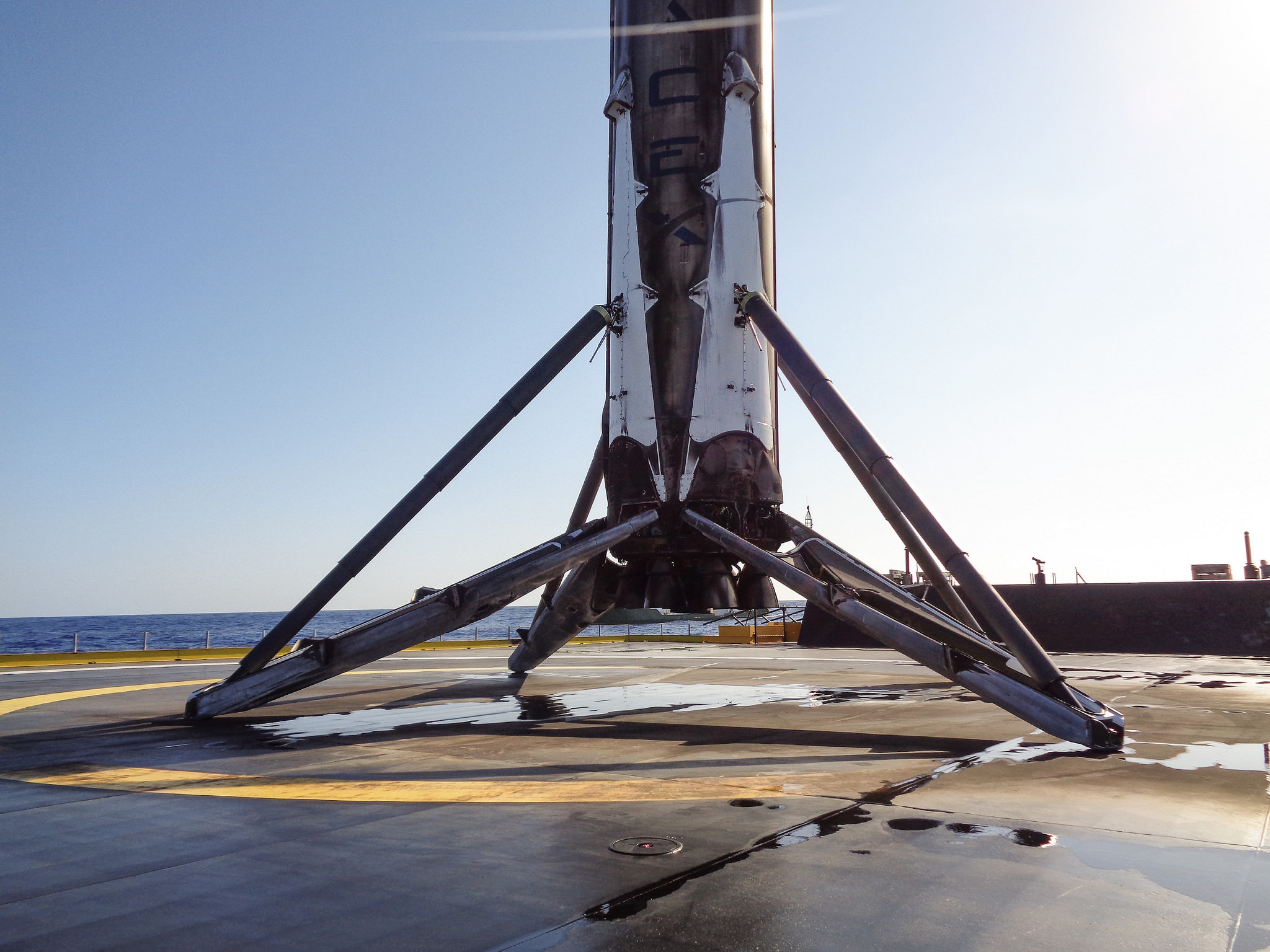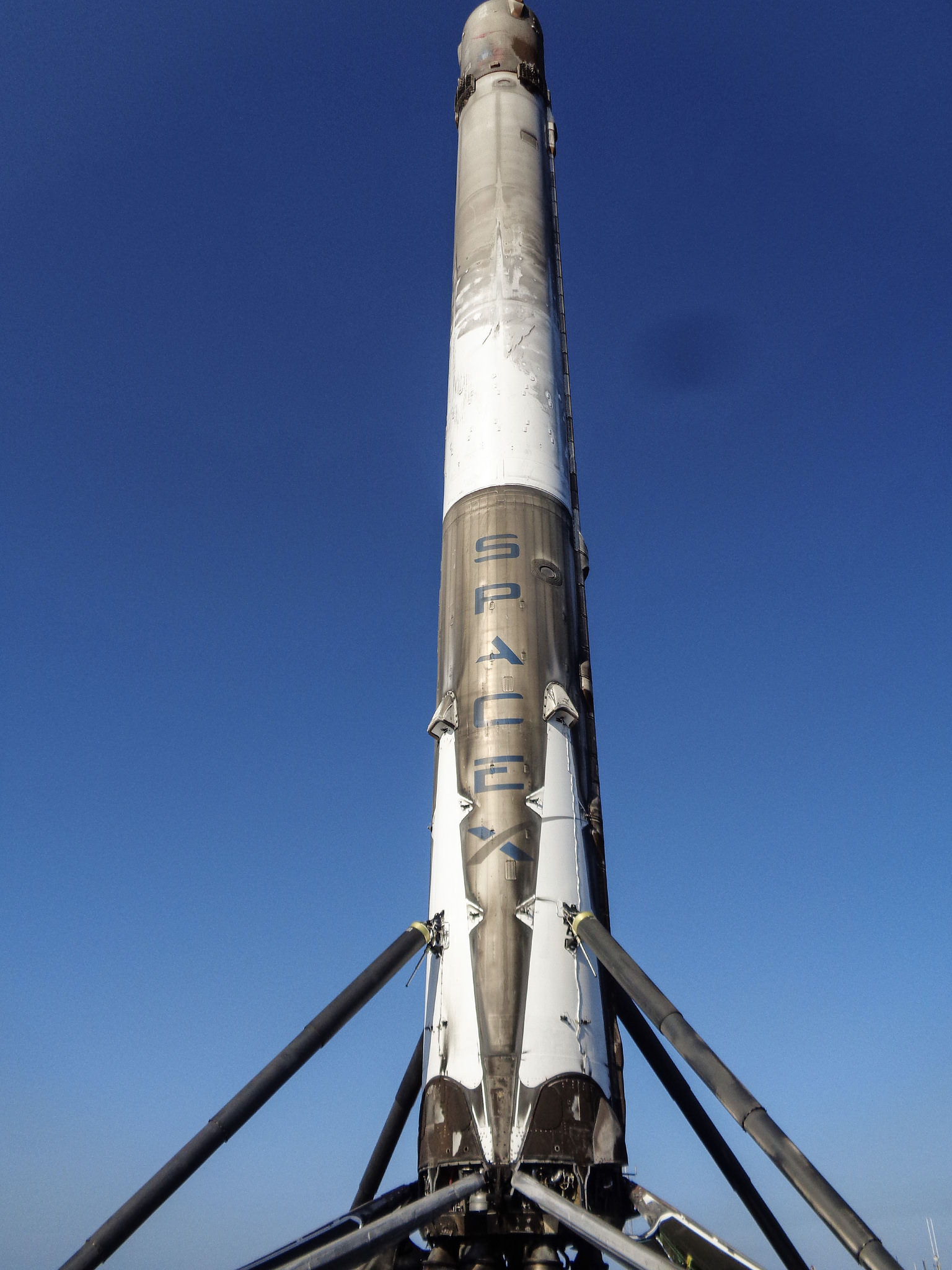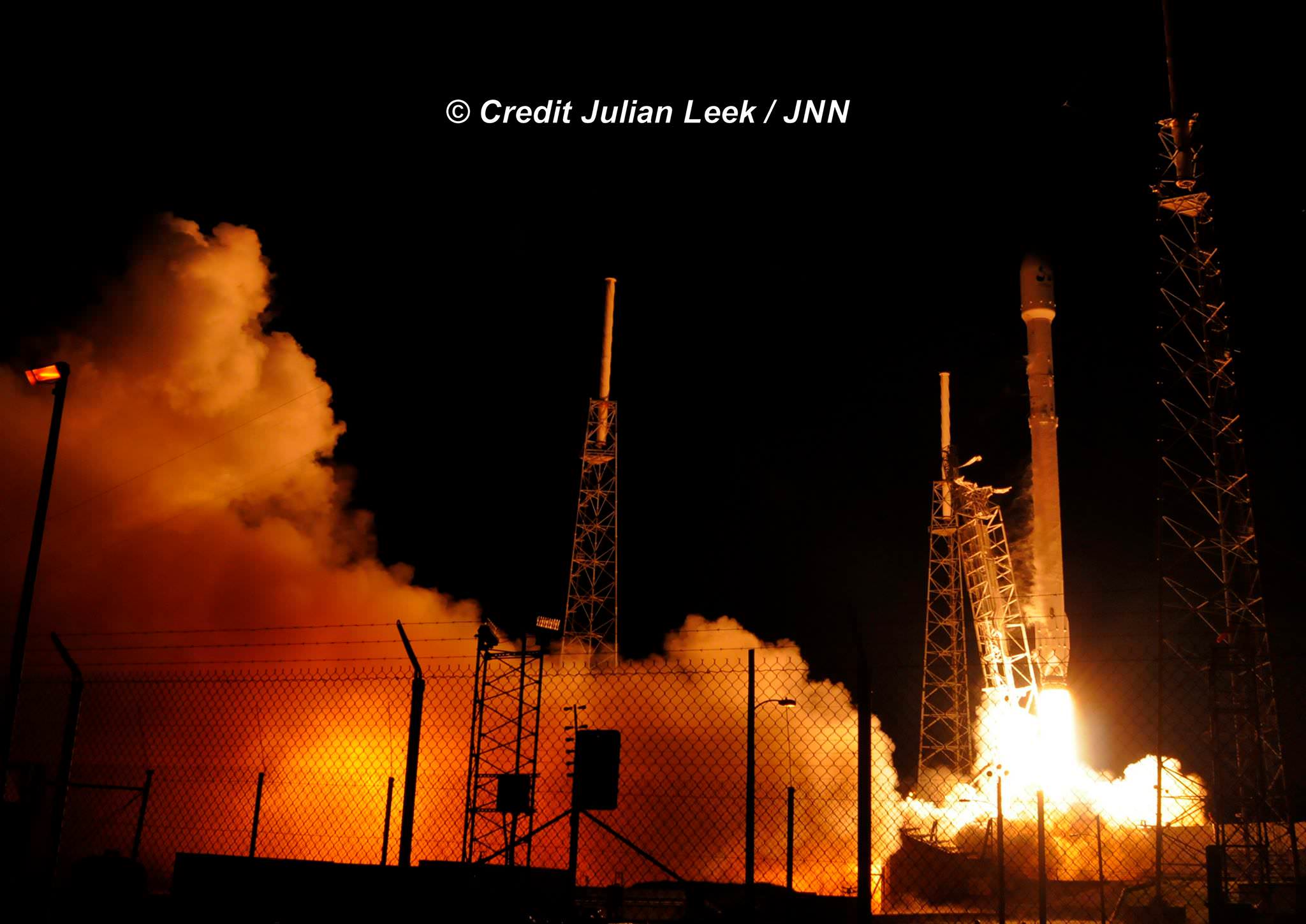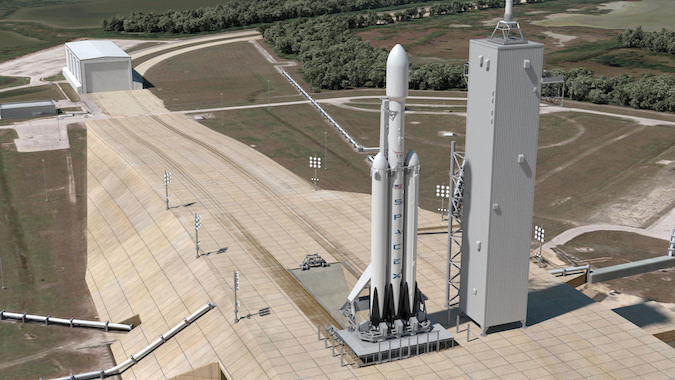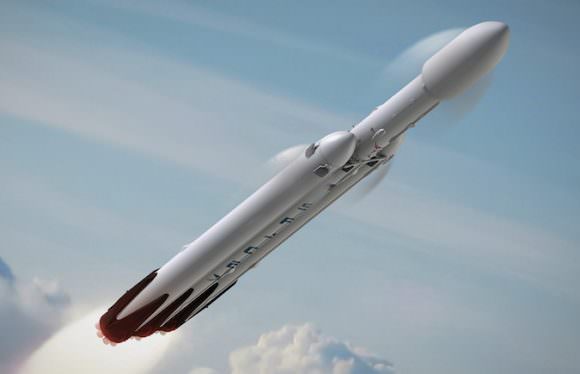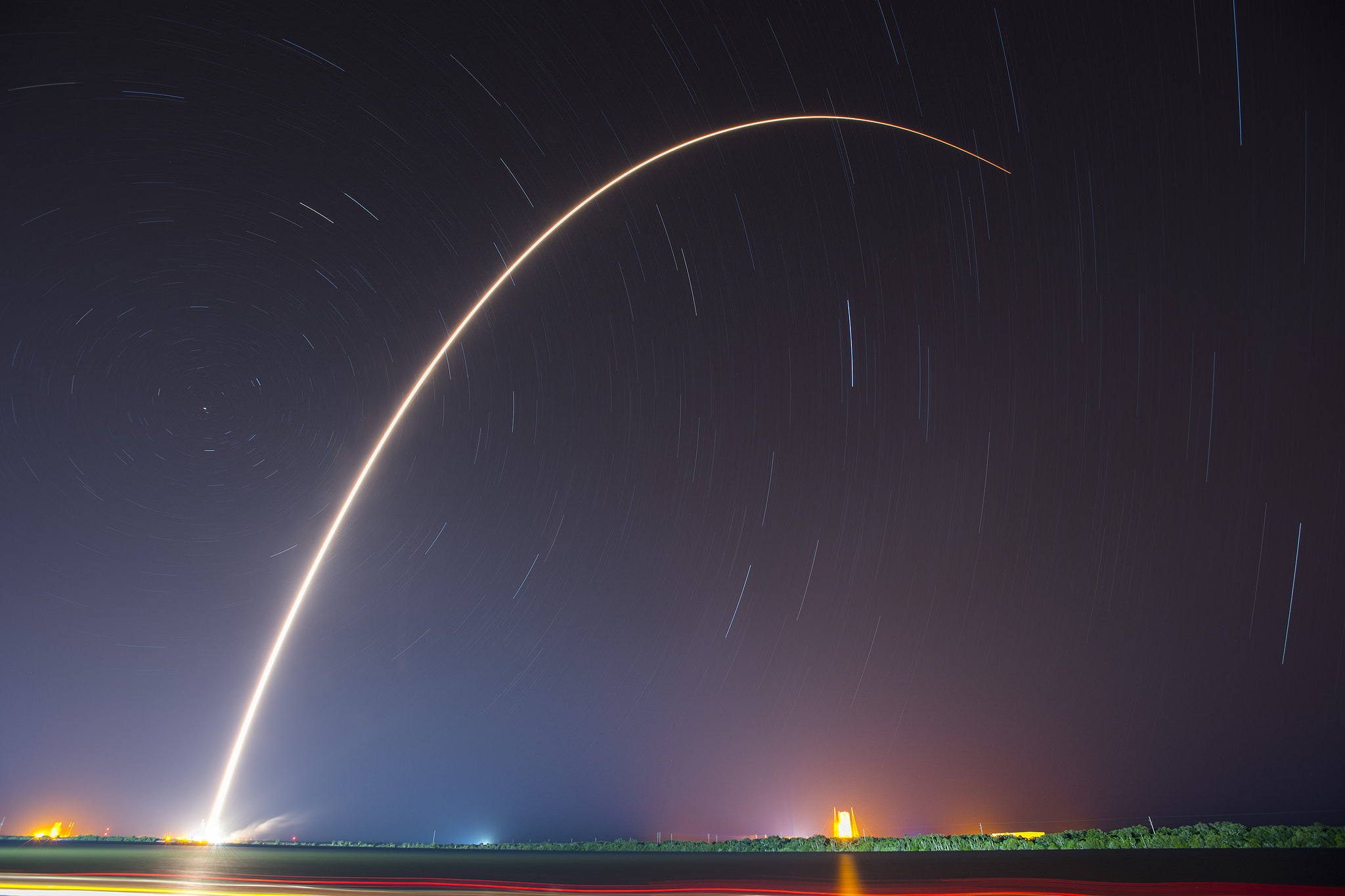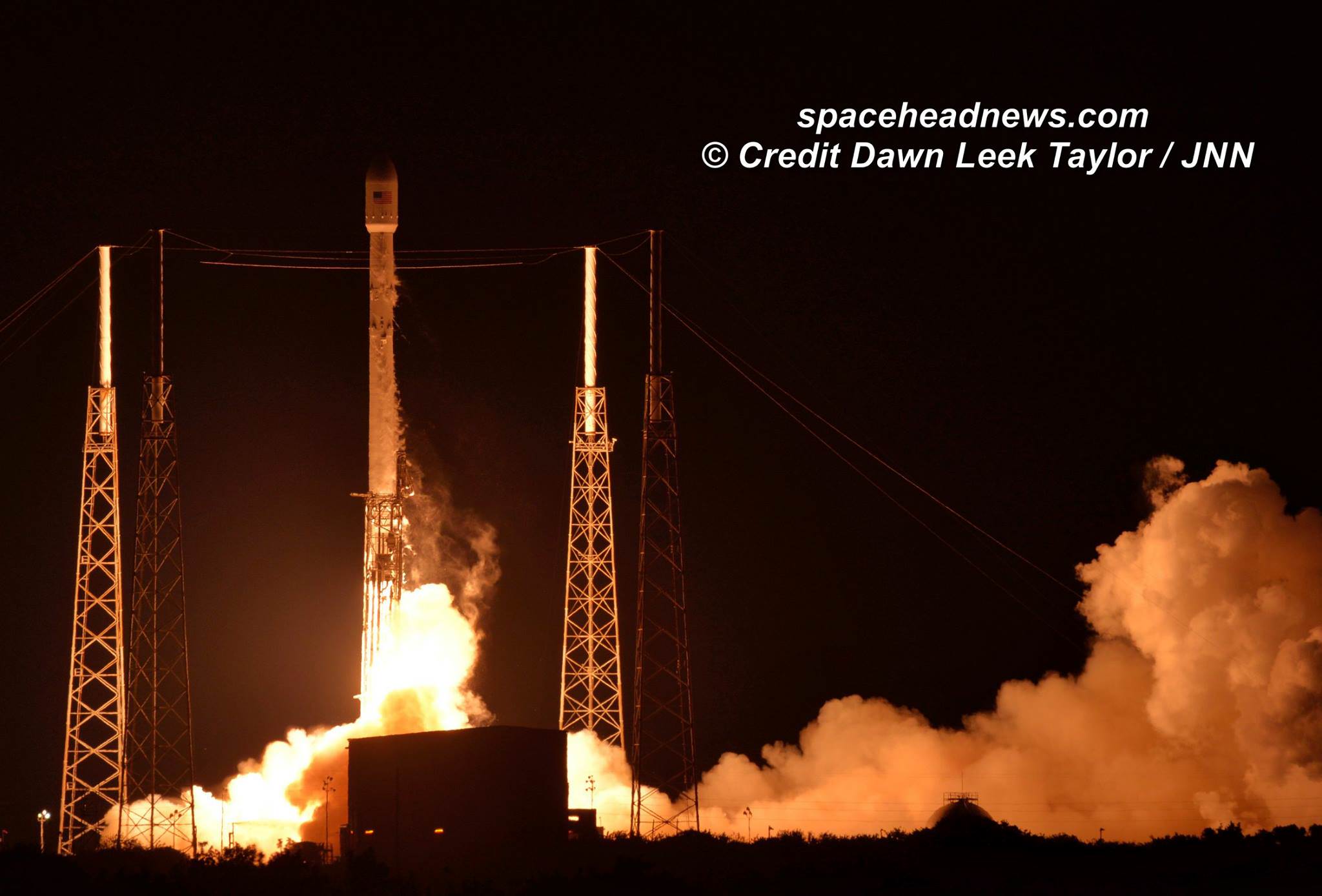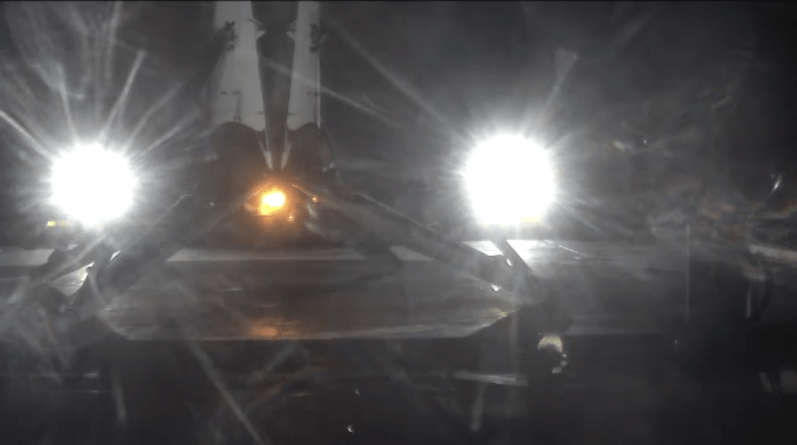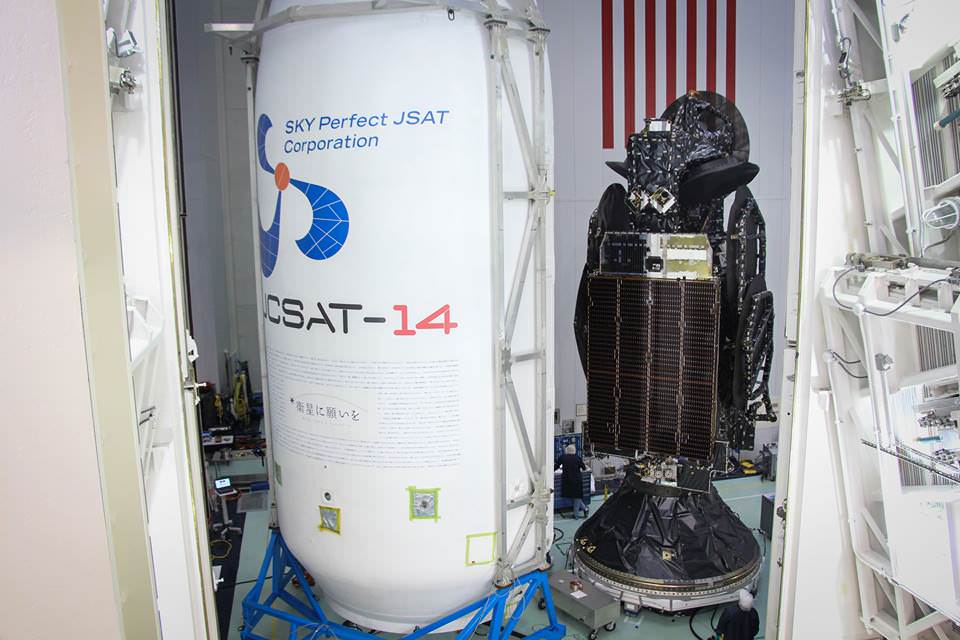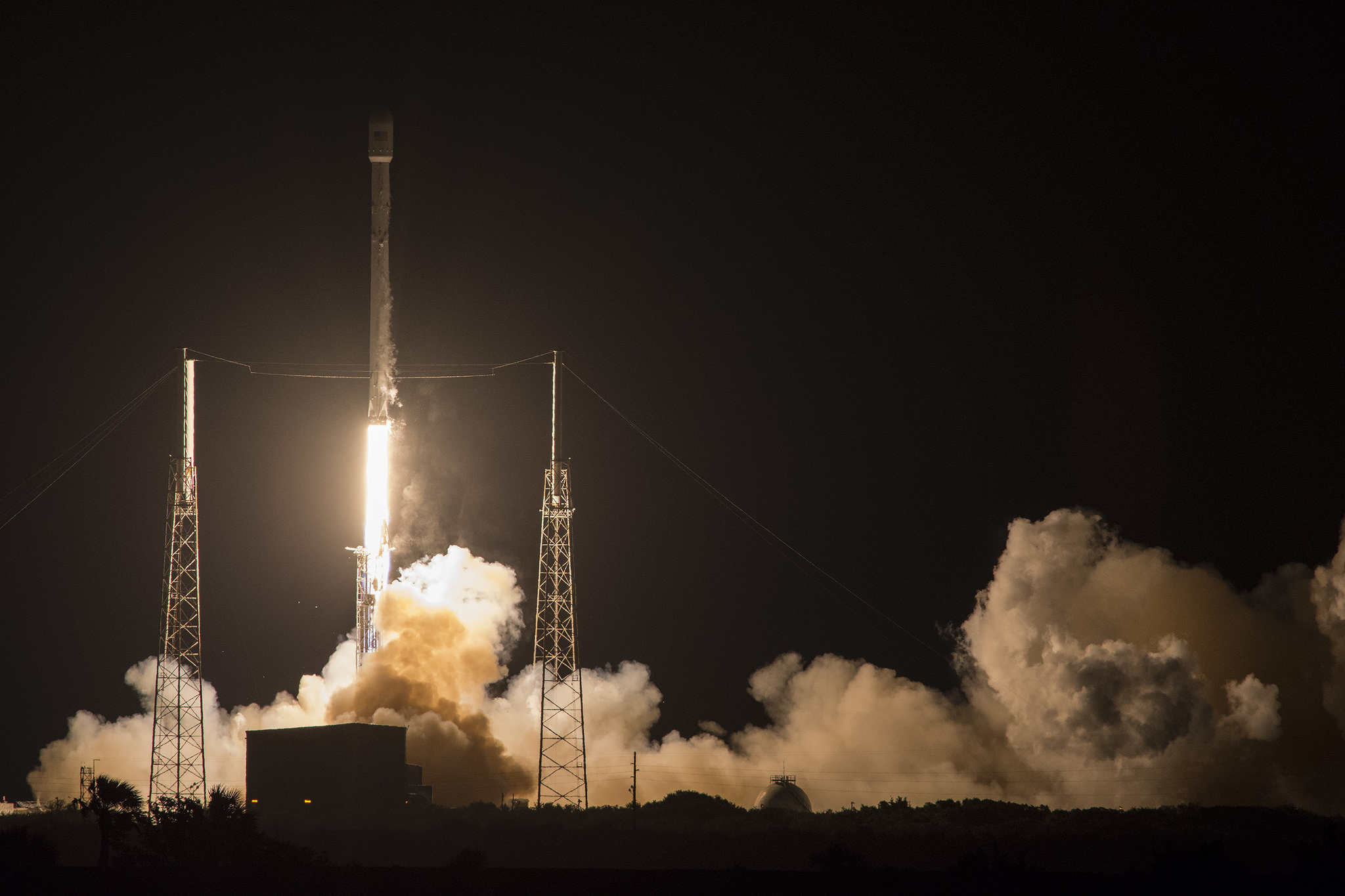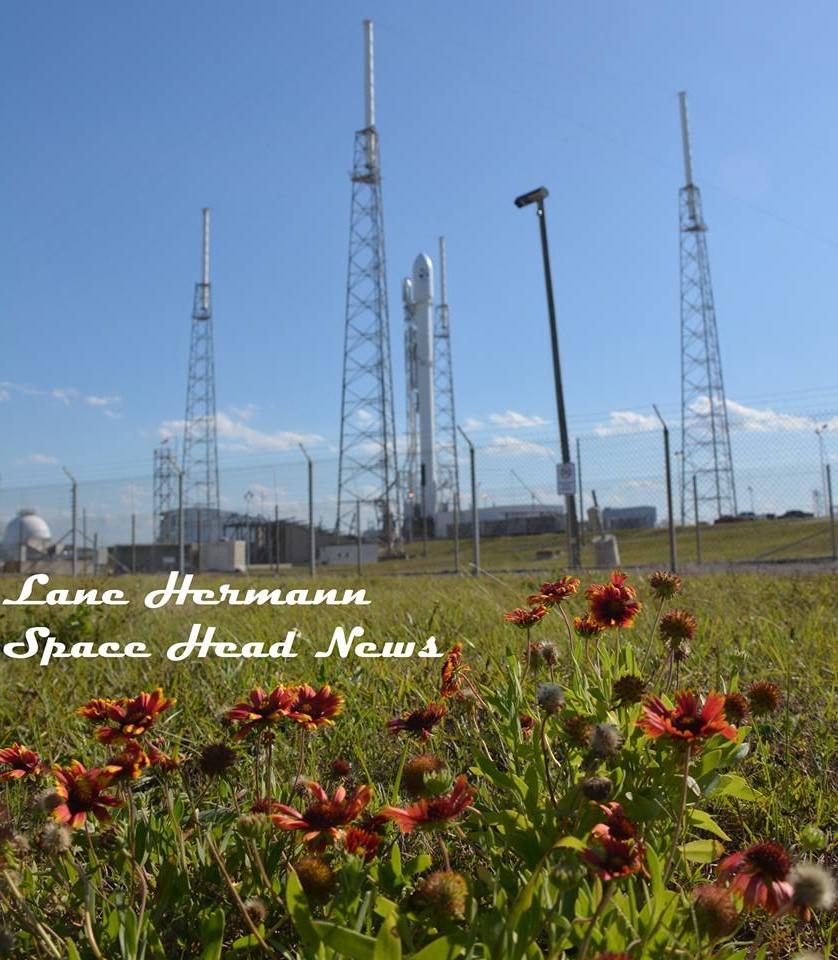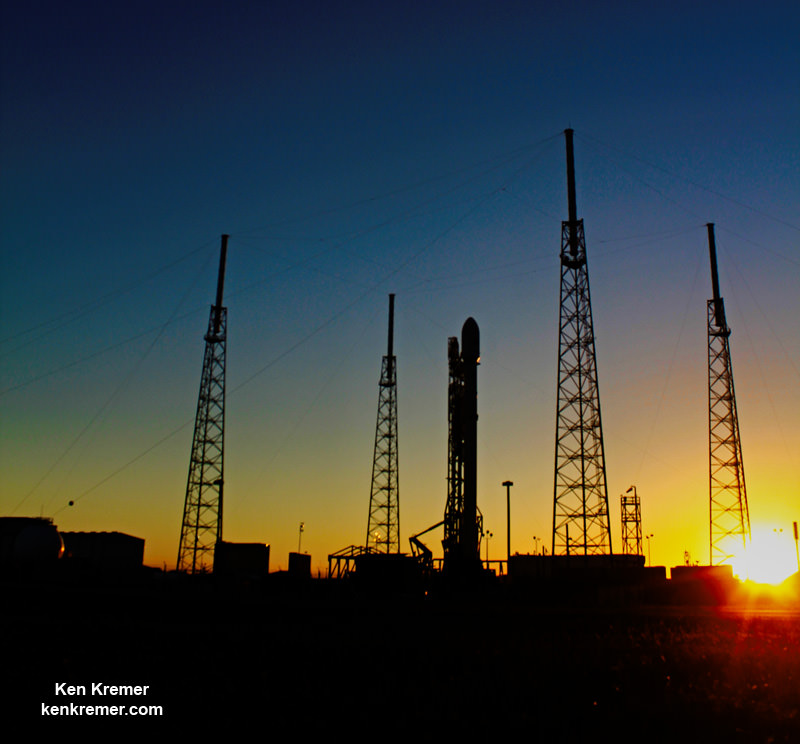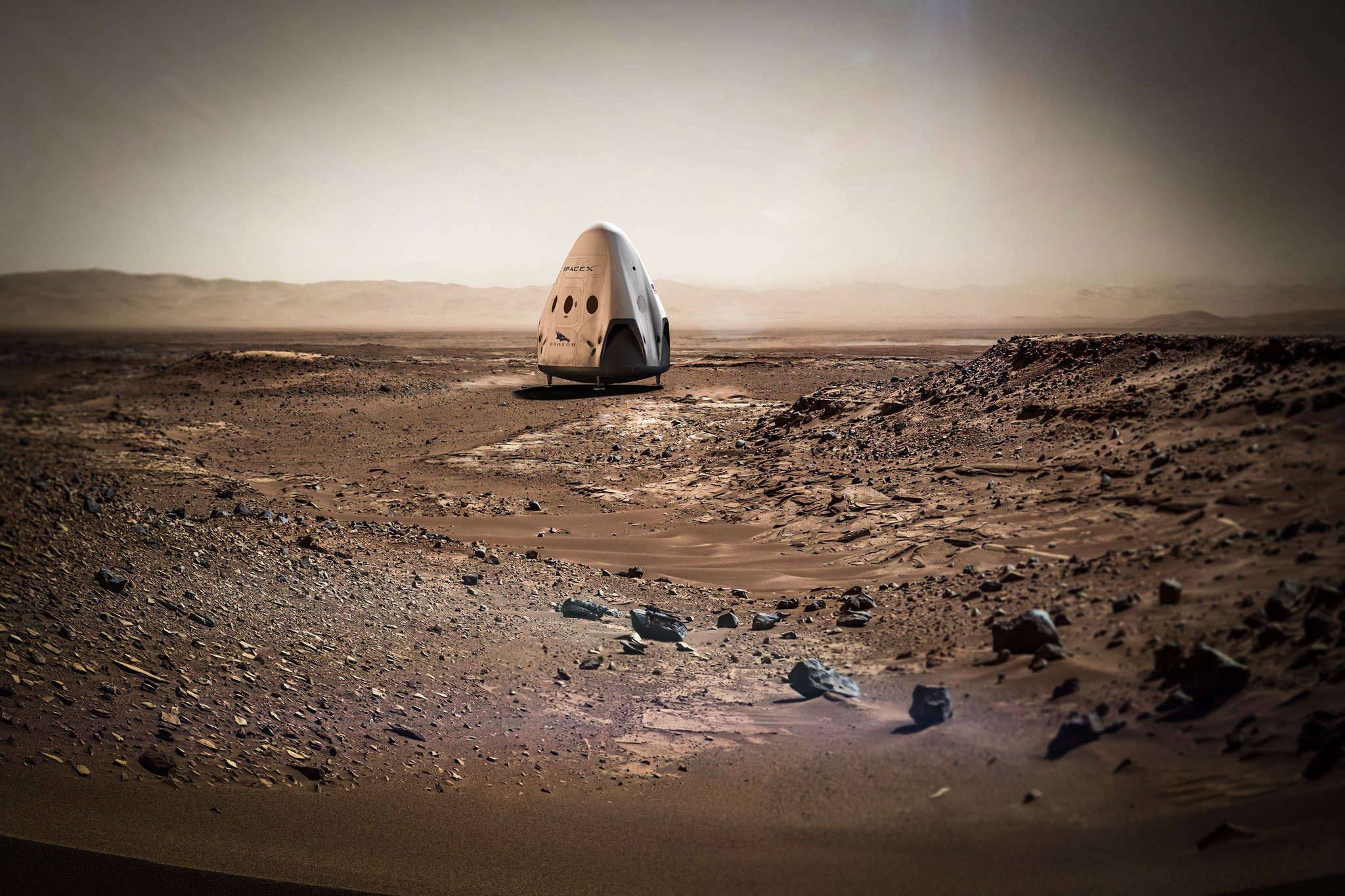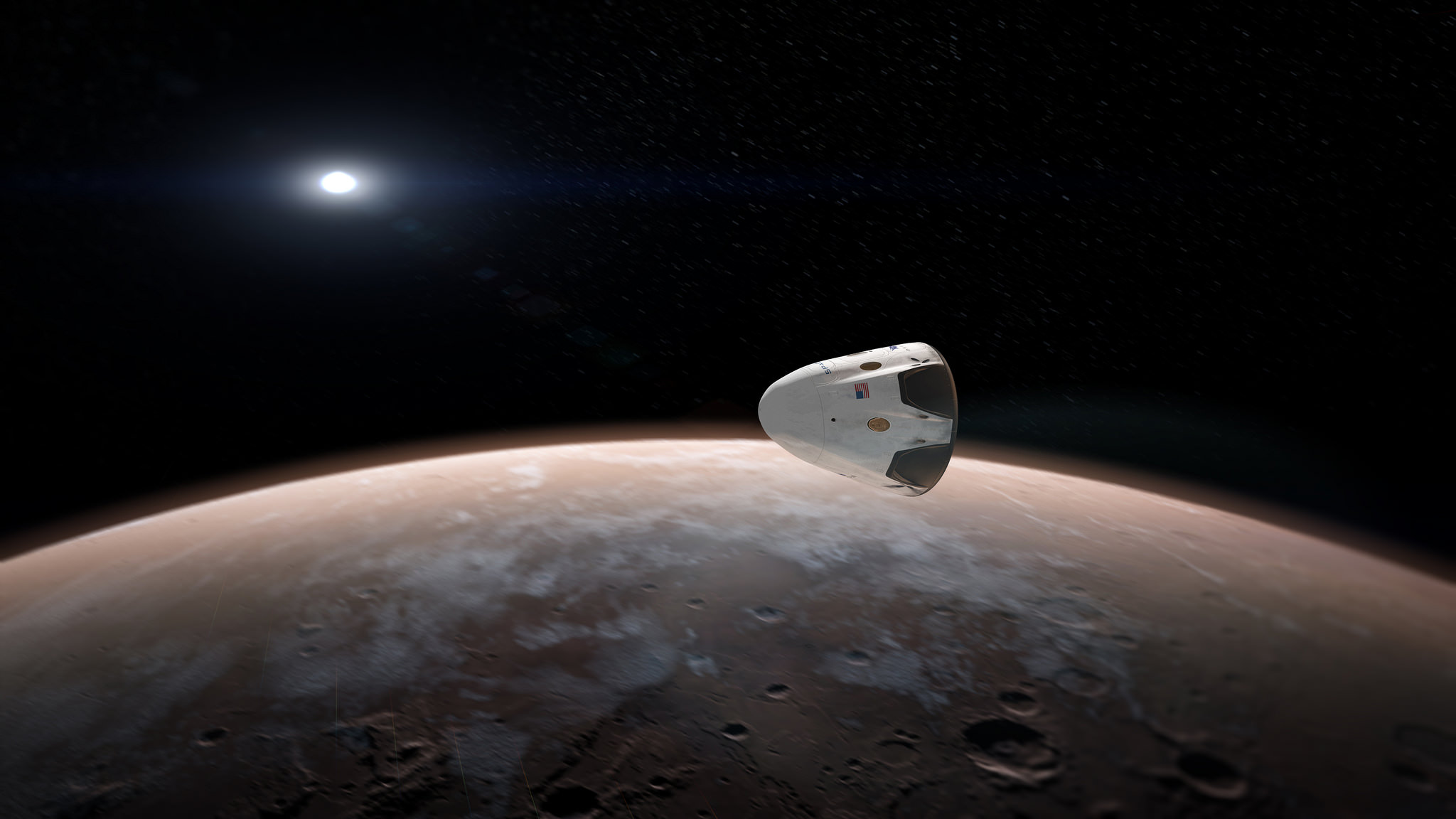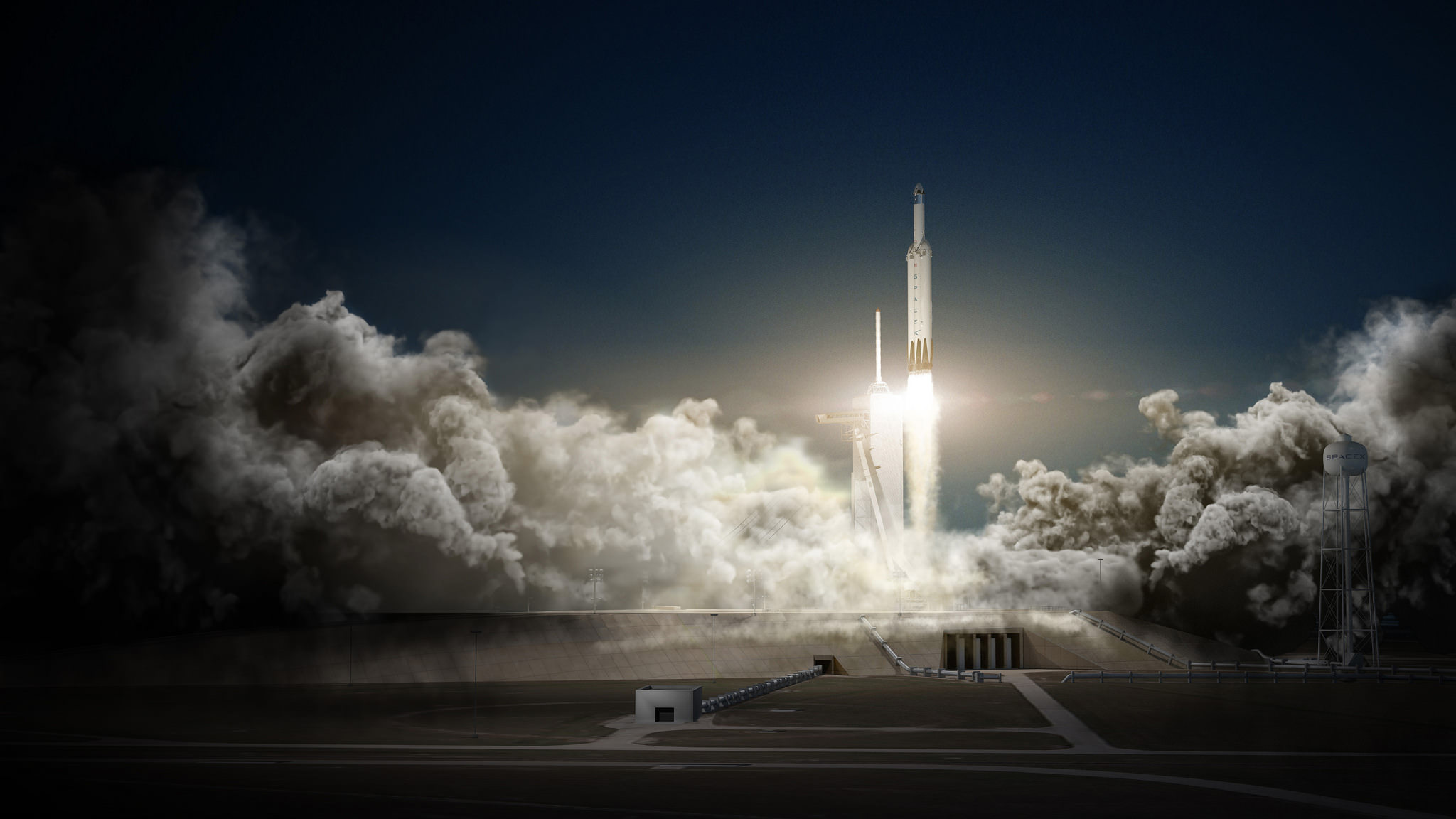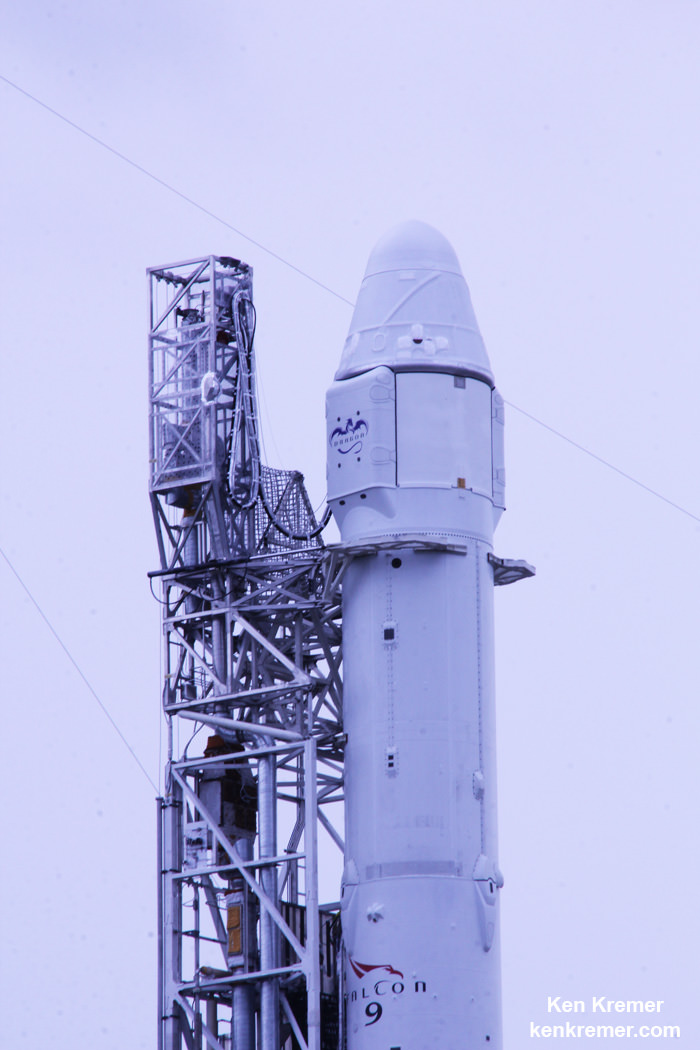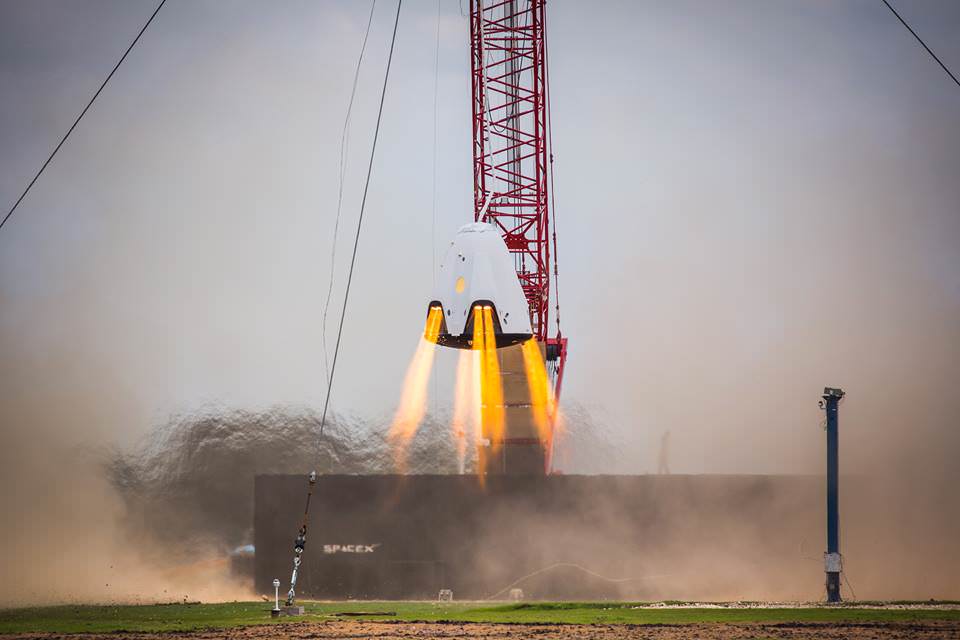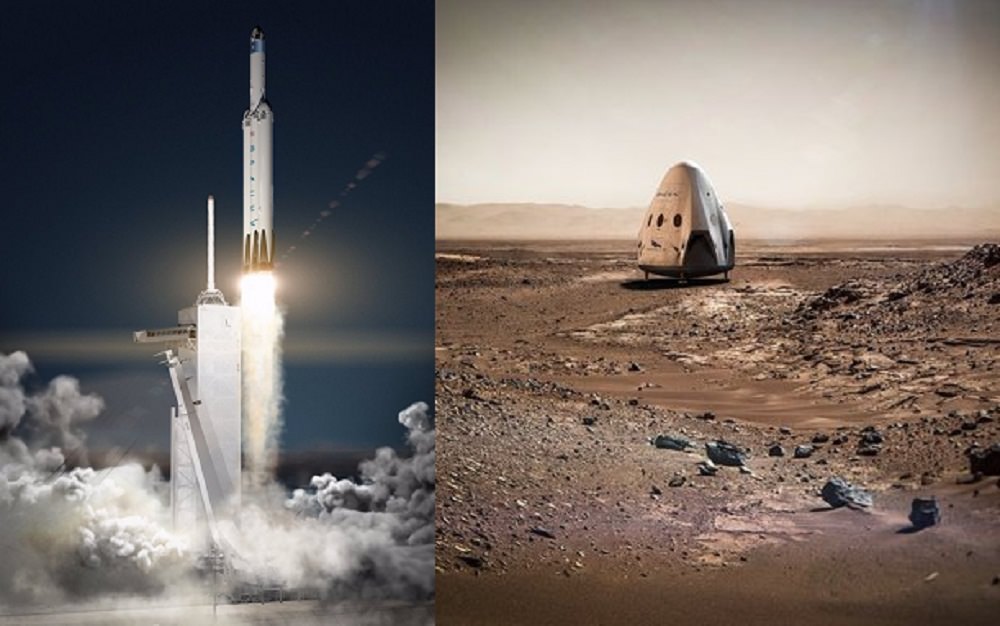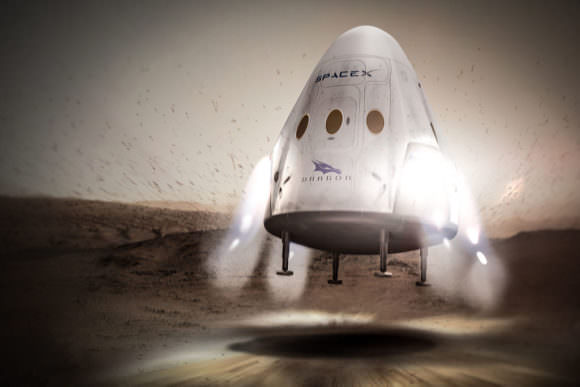I don’t know about you, but I’d like to live forever. In a few decades, the Singularity will happen, and I’ll merge with the artificial super intelligence, transcend this meat-based existence and then explore the Hubble Sphere with the disembodied voice of Scarlett Johansson as my guide. See you on the other side, suckers.
Not Elon Musk, though. He thinks we should fear our benevolent computer overlords, and make our way to Mars, where we can live out the rest of our days growing potatoes, huddling in lava tubes, and fighting a guerilla war against a spiritually enlightened and lovable artificial lifeform that really only has our best interests at heart.
In case you have no idea who I’m talking about, Elon Musk is the CEO of the revolutionary rocket company SpaceX, as well as the Tesla electric car company.
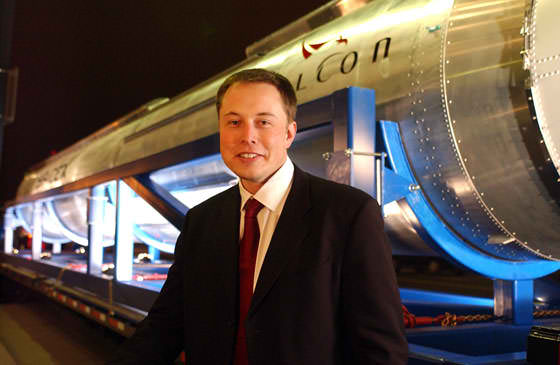
It might sound crazy, but the whole reason Elon Musk started SpaceX was that he wanted to help humanity explore the Solar System. But in order to do that, he’d need inexpensive rocket launches. And since those didn’t exist yet, he started a rocket company to provide launches at a fraction of the cost of the existing launch providers.
At the time I’m recording this video, SpaceX has already had many successful launches. They’ve successfully landed rockets back at their landing pad, and on a floating barge in the Atlantic Ocean. It really looks like Elon Musk’s plans are going to work, and we’re going to become a true spacefaring civilization.
Elon Musk recently revealed the design for what he calls the Interplanetary Transport System (ITS) – an upgraded version of his Mars Colonial Transporter (MCT). This ship, according to Musk, will ferry 100 passengers to Mars every 26 months (when the planets are closest), and says that tickets will cost $500,000 per person (at least initially).
Wow, 2024, huh? That’s pretty soon! I’m not sure if you realize how complicated and dangerous this mission will be. This guy is really serious.
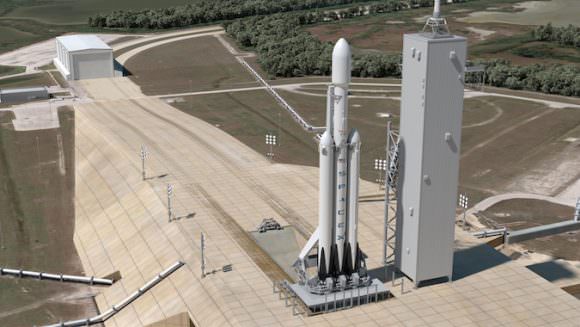
The plan involves using a scaled up version of SpaceX’s Falcon rocket, known as the Falcon Heavy, to test techniques for orbiting, descent, and landing on Mars. By bolting 3 Falcon boosters together, this new launch vehicle will be capable of blasting 54,000 kilograms into orbit, or 22,000 kilograms to geostationary orbit, or 13,900 kilograms to Mars.
It’ll even send 2,600 kilograms to Pluto, if that’s what you’re looking for. So far a Falcon Heavy hasn’t been tested yet, but they’re due to start flying by early 2017.
The spacecraft payload is known as the Red Dragon, an uncrewed version of the Dragon 2 which Musk plans to send to Mars in 2018. This is a specially modified version of the SpaceX Dragon capsule which has already successfully delivered cargo to the International Space Station.
Red Dragon will weigh 10 times more than NASA’s Curiosity Rover, and this is a big problem. Landing this much spacecraft on the surface on Mars is incredibly challenging. The atmosphere is just 1% the thickness of Earth’s, so it doesn’t provide any way to slow a spacecraft down from its interplanetary flight.
In the past, rocket engineers have had to develop these complicated landing systems with parachutes, airbags, and retrorockets. But there’s limit to how heavy a mass you can land this way. Curiosity pretty much tested that limit.
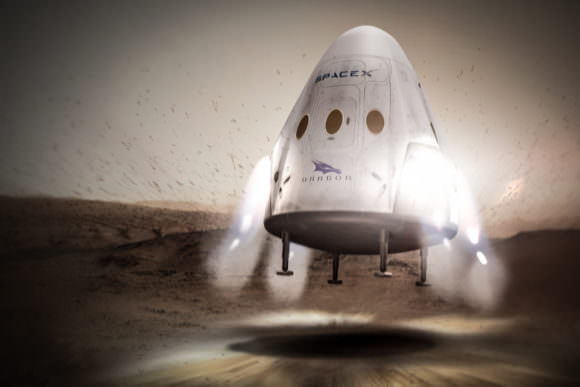
Red Dragon makes it simple. It’ll be equipped with 8 SuperDraco engines built into the capsule which will fire once it enters the atmosphere, and allow it to touch down gently on the surface of Mars. If this works, there’ll be no limit to the size of payloads SpaceX can deploy to the surface of Mars. In fact, once it gets Mars right, Red Dragon should be able to land softly on pretty much any object in the Solar System.
Elon Musk does seem serious about setting up a colony on Mars. Once this first Red Dragon land on the surface, they’ll send capsule after capsule during the perfect Mars launch window that opens up every 2 years or so.
Over time, a real colony’s worth of supplies will be gathered on the surface of Mars. SpaceX will have worked out all the tricks to safely sending spacecraft to the Red Planet, and it’ll be time to send actual colonists willing to live out the rest of their lives on Mars.
We’re still not entirely sure humans can survive long term on Mars. The lack of atmosphere will suffocate you, the unfiltered radiation will fill you with cancer, and the low gravity may melt your bones. Seriously, humanity has never tried living in such an extreme environment.
Musk is so serious about this plan to send humans to Mars, that he’s stated that he’ll never take SpaceX public. The company will remain private so that it’ll prioritize the goal of colonizing Mars over any kind of short sighted shareholder cash grab.
If everything goes well, the first Red Dragon will launch for Mars in 2018. And then more will go every 2 years after that. And at some point, humans will climb into a Red Dragon capsule and blast off to begin the first human colony on Mars.
So when can we die on Mars? Musk hasn’t given us a firm date yet, but if that first Red Dragon does launch in 2018, we won’t have to wait too much longer.


